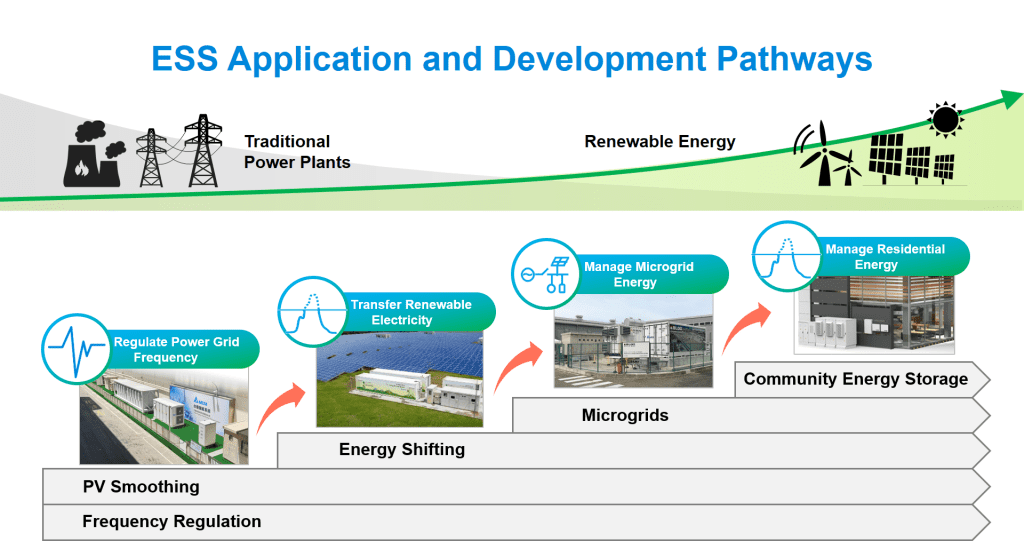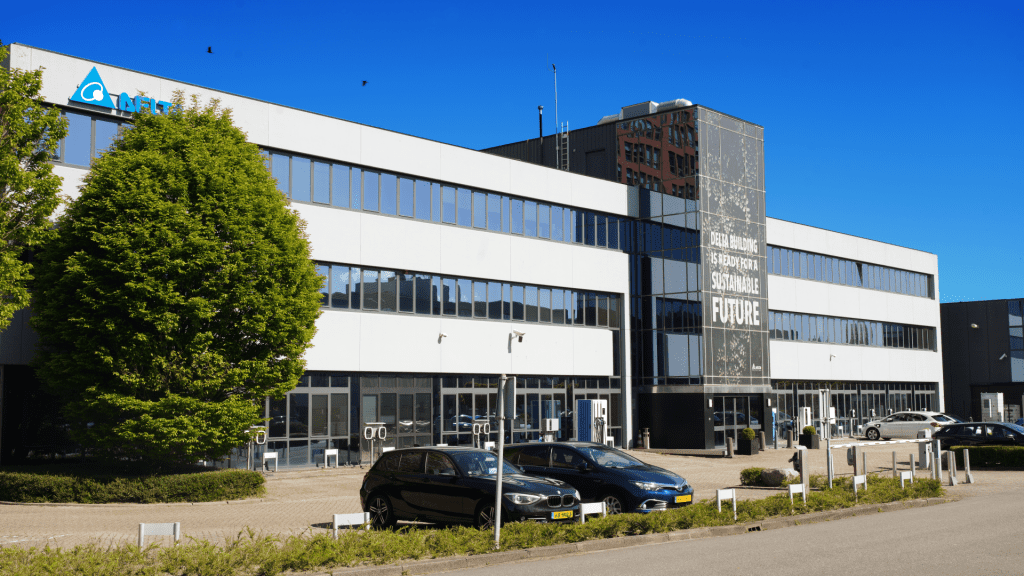As the global energy sector shifts from fossil-based energy generation and consumption to renewable energy, increased demand for energy storage applications and systems is being driven largely by government policies, ESG initiatives, and users’ response to soaring energy prices worldwide.
In the energy transition, growth in low-carbon grids with renewable energy and e-mobility are set to drive future trends across energy sectors. With current infrastructure, however, these trends pose particular challenges with regard to grid stability and power dispatching.
GLOBAL OUTLOOK
According to research by Bloomberg, the US is the largest energy storage market in the world, with the Inflation Reduction Act of 2022 set to drive investment in domestic energy production as one means to curb inflation with a specific focus on developments in clean energy applications. California and Texas in particular appear to be making the greatest inroads in the application of renewable energy.
In China, the 14th Five-Year Plan for New Energy Storage Development Implementation Plan has also driven local governments to put energy storage goals in place across 16 provinces as of 2022, with the goal of achieving a total capacity 494GW of storage. By 2025, the country plans to have established a capacity of at least 30GW of energy storage, and the outlook for China is that it will become the world’s second-largest energy storage market by the end of the decade.
Across Europe, Russia’s invasion of Ukraine and the resulting energy crisis have led many countries to rethink their energy security policies. While the UK stands as the largest utility-scale energy storage market in the region, there has been a marked shift toward renewable energy and energy storage systems throughout Europe, with energy solutions being widely implemented at residential, commercial, and utility scales.
Strong growth is being observed in countries such as Greece, Poland, Belgium, and Austria, while Germany’s high demand for residential systems has been driven by government subsidies aimed at curbing increasing energy prices and has placed the country at the forefront in residential energy storage solution deployment.
ESS APPLICATIONS AND TECHNOLOGY DEVELOPMENT
The pathway in shifting from traditional fossil-based energy production to renewable energy comprises four stages: power grid management through frequency regulation and PV smoothing, transferring renewable electricity via energy shifting, the establishment and management of microgrids, and community-level energy storage management. Currently, the world sits between the first two stages.

As renewable energy systems become more prevalent and are connected to the main grid, energy storage systems will play a vital role in regulating grid frequency. Not only do they provide voltage regulation at the source by smoothing renewable energy and reducing the rate of change to ensure the stable supply of renewable energy to the grid, but they also provide real-time correction by charging and discharging at any time according to changes in grid frequency.
Once renewable energy penetration reaches a certain point, effective energy shifting systems need to be in place to balance demand and supply in order to solve the duck curve issue. Effective energy storage systems transform renewable energy into a dispatchable and stable source of power, allowing traditional generator units to operate steadily with improved fuel efficiency and lower carbon emissions. Being able to effectively dispatch existing unit capacity and convert it to reserve capacity also means that investment in new generator units can be deferred.
Once balance between renewable energy sources and the grid has been achieved, current energy infrastructure will effectively be replaced with microgrids rather than a large power grid. Thus, power infrastructure will become more localized, meaning that any incidents will be localized without affecting the grid as a whole while also ensuring that locally produced renewable energy is consumed more efficiently.
Ultimately, all buildings will have their own energy storage systems that can supply or secure power by themselves. The pairing of PV and energy storage systems in residential settings is already being rolled out by industry leaders such as Tesla and Shell. Such systems act as emergency backup power supplies, provide support for vulnerable grids, operate as virtual power plants in regional areas, and enable the real-time monitoring of distributed energy.
DELTA’S CONTRIBUTION TO THE LOW-CARBON TRANSITION
Delta provides a range of solutions that are designed specifically to facilitate the energy transition for governments around the world. These include energy storage systems and power conditioning systems to support and regulate the power grid, wind and solar inverters to generate renewable energy efficiently, smart meter connectivity solutions for advanced metering infrastructure (AMI), and EV chargers and charging management systems for safe and efficient vehicle charging. Collectively, our solutions facilitate the deployment of smart grids with distributed renewable energy resources and AMI for the efficient management of demand and supply. They can also improve the efficiency of energy infrastructure while supporting electric transportation in a variety of scenarios, thus advancing the transition to a low-carbon future.

Our EMEA headquarters in the Netherlands is a working example of how an existing building can be transformed into an efficient microgrid that integrates solar, charging, and energy storage systems. The 35-year-old office building leverages rooftop PV and energy storage systems to support 16 EV chargers in the building’s parking lot. Since the system’s activation in early 2022, there have been zero power overload incidents, and total energy costs have been reduced by almost 16%. The solution works by utilizing software and AI in energy deployment to consolidate smart charging and is one of the few charging management systems on the market to integrate chargers, PV, energy storage, and load management in a single platform.
And herein lies our strength as a one-stop solution for energy storage. By providing total energy solutions, we can ensure smoother integration and more reliable after-sales service. Our high-level prefabrication ability shortens on-site system setup times and results in fewer issues in system integration because everything is manufactured and tested in the one place.
In the future, we will continue to assist commercial offices, factories, and older buildings with limited power configurations achieve the low-carbon transition, thus realizing the shift from fossil-based energy generation and consumption to renewable energy.